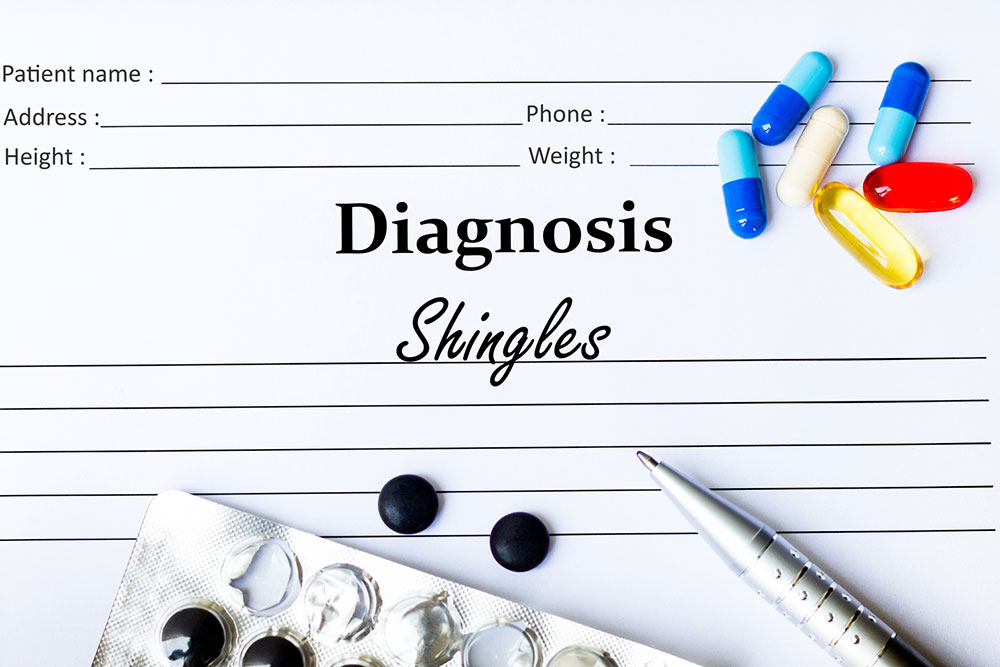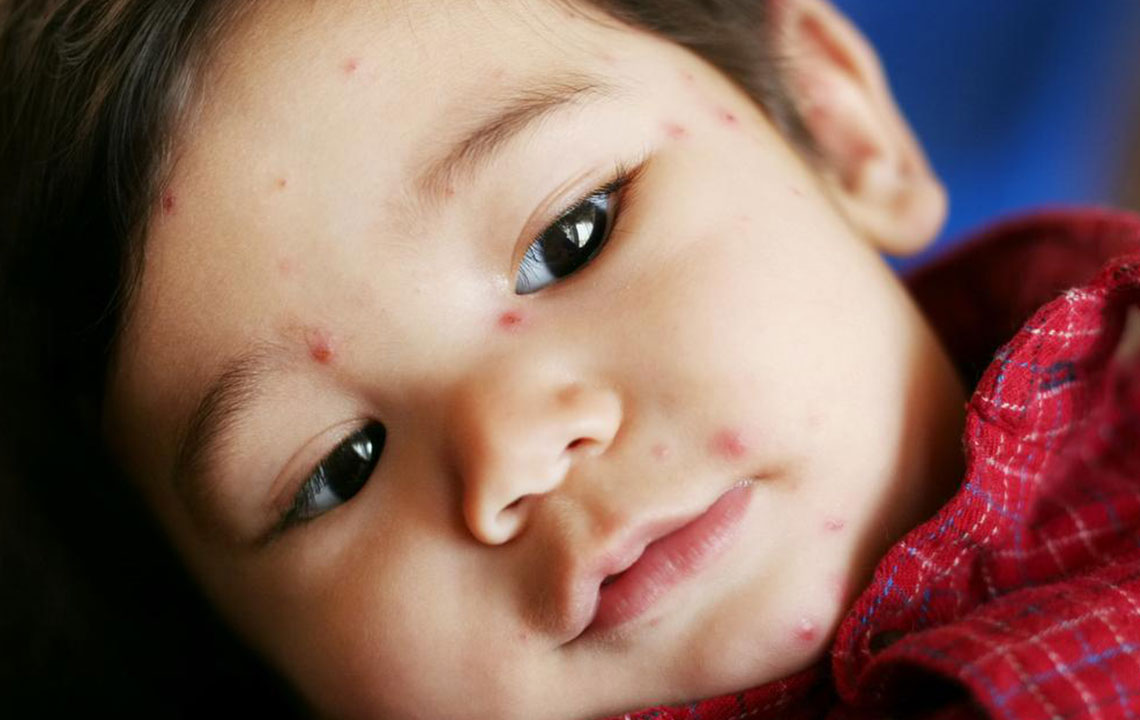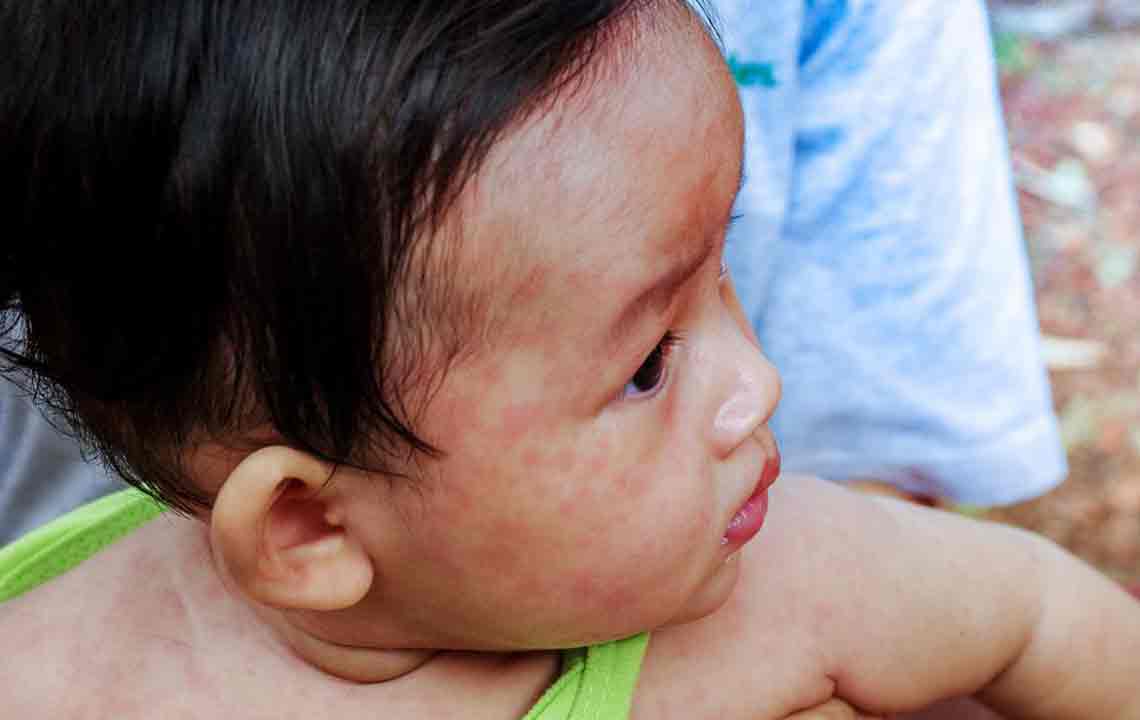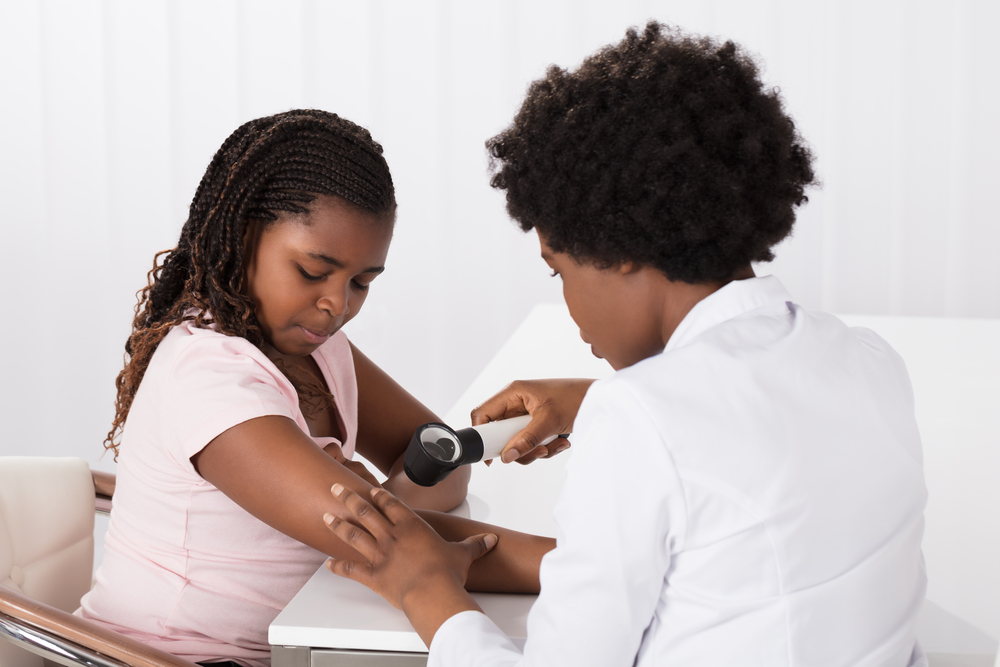Understanding Shingles: Symptoms, Causes, and Treatment Strategies
This article provides comprehensive insights into shingles, covering its symptoms, risk factors, and effective treatment options. It emphasizes prevention through vaccination, early diagnosis, and lifestyle adjustments to strengthen immunity. Learn to identify shingles and manage discomfort efficiently to prevent serious complications.

Shingles is a viral infection caused by the reactivation of the varicella-zoster virus, the same virus responsible for chickenpox. It manifests as a painful, blistering rash usually appearing on one side of the body, often following a stripe pattern. Common symptoms include burning pain, tingling, and numbness, accompanied by redness and blister formation. Fatigue, fever, and headaches may also occur. Diagnosis is primarily based on clinical signs. Risk factors include prior chickenpox, advanced age (over 50), weakened immunity from illnesses like HIV or cancer, radiation, chemotherapy, or steroid use. While shingles itself isn't contagious, the virus can spread through open blisters, posing risks to those who haven't had chickenpox. Preventive vaccines such as ZOSTAVAX and SHINGRIX are recommended, especially for older adults. Treatment includes antiviral medications like acyclovir and pain management options such as topical agents and nerve blocks. Lifestyle changes, including a nutrient-rich diet high in vitamins A, B, and C, can support immunity and aid recovery. Avoiding high-sugar and high-fat foods is advised to reduce complications. Proper skin care, cooling compresses, and baths with oatmeal or cornstarch can soothe symptoms. Consulting a healthcare provider early is crucial for effective management and complication prevention.










